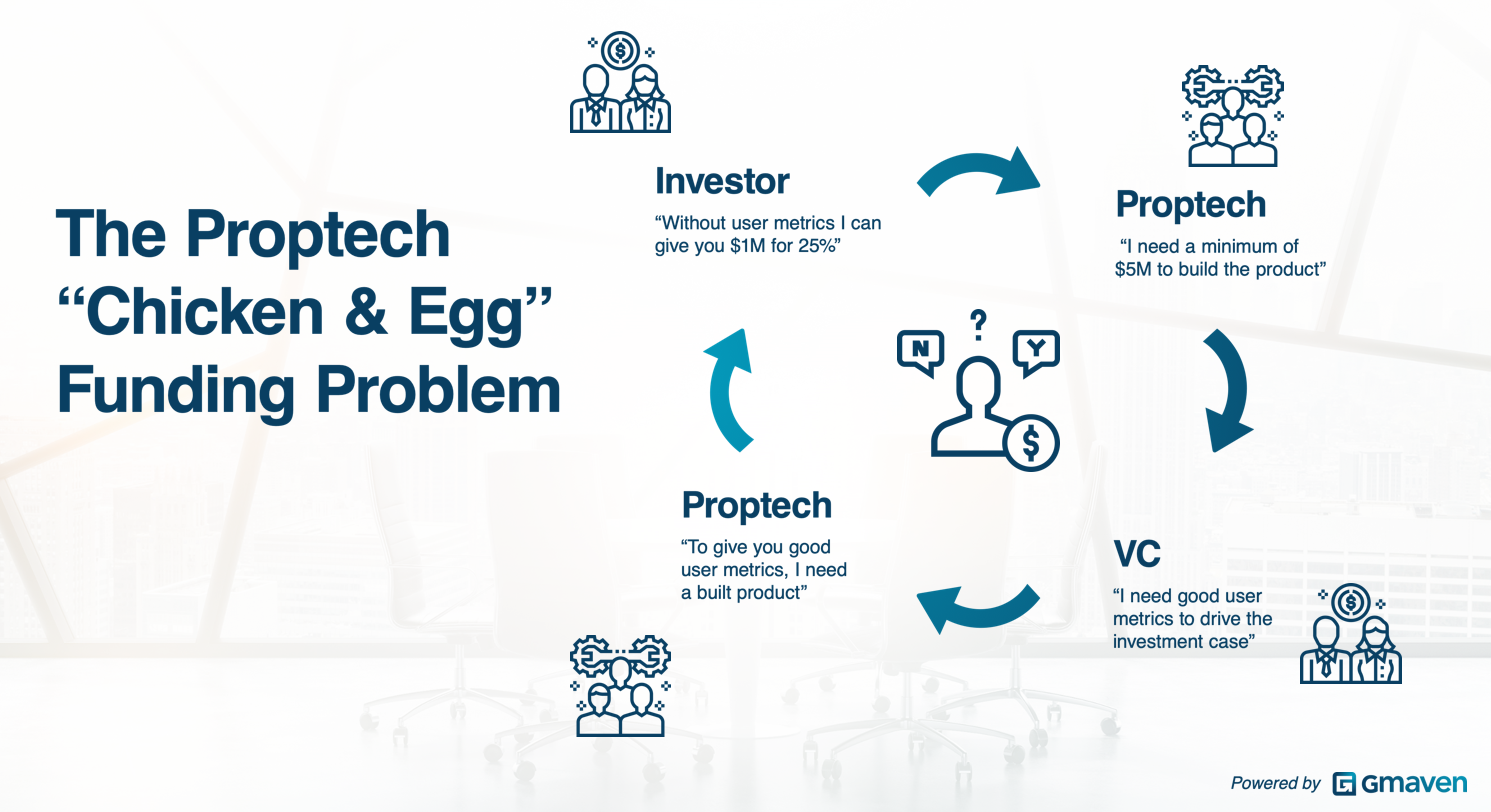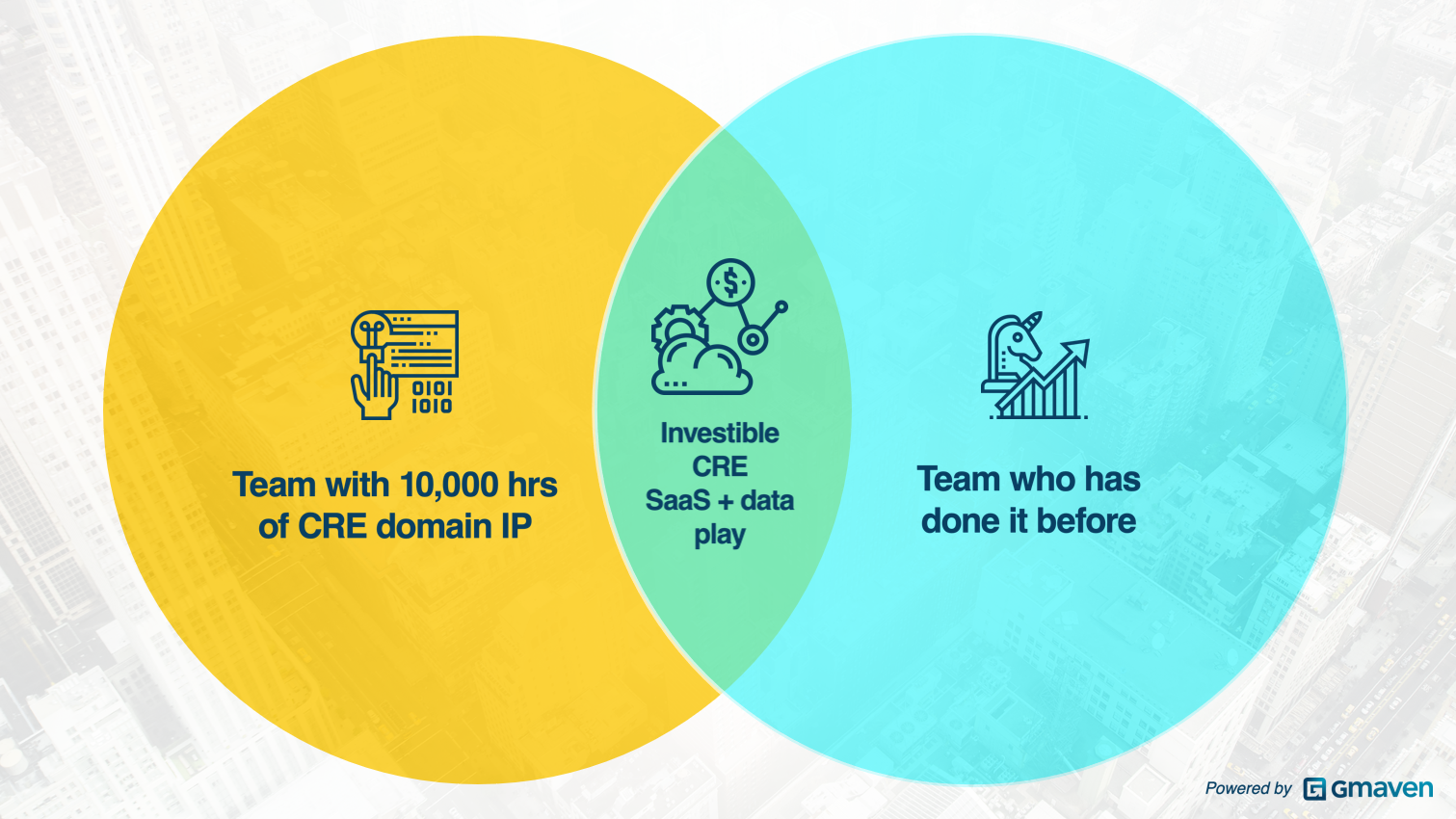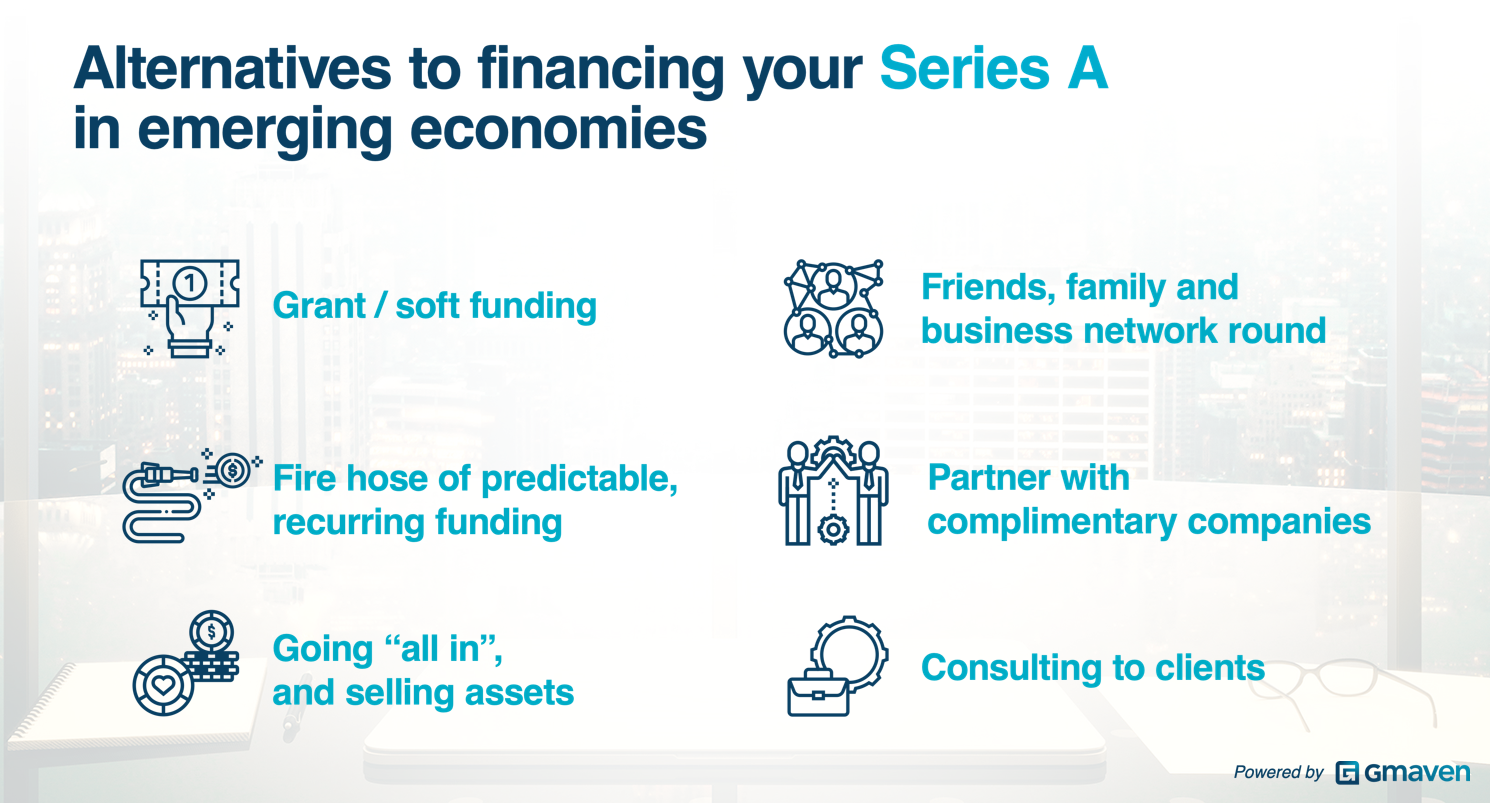Tech startups and war: domain knowledge
A short post, leaning on a wonderful story by Nike’s co-founder and current chairman emeritus, Phil Knight, to explain the concept of domain knowledge, and the challenges and opportunities for businesses playing in high-barrier-to-entry domains.








